Review: BlackBerry Bold 9700
Nov 5, 2009, 12:00 AM by Eric M. Zeman
Phone Scoop takes RIM's new Bold 9700 for a spin. Top-notch build quality and a solid software experience make this smartphone a better 'Berry.
Form
Is It Your Type?
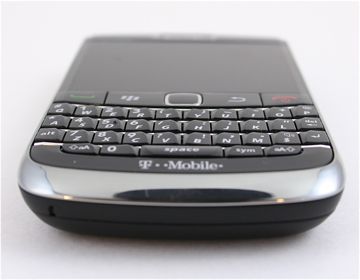
For T-Mobile and AT&T customers, the BlackBerry Bold 9700 is a long overdue - but welcome - addition to both carriers' 3G smartphone line ups. In fact, it's the first 3G BlackBerry for T-Mobile. That, in and of itself, is big news. Research In Motion has tackled the number one concern about the original Bold - its size - and introduced a smaller smartphone that is extremely capable and looks good.
Body
The 9700 is a classy device. It's light-weight, small, and very comfortable to hold. The fit, finish and materials are of the best quality, and the faux leather back cover gives it a slightly grippy feel in the hand. It will slip into a pocket no problem. In fact, it's so tiny you can practically put it in the tightest pocket and it should fit. It makes some sacrifices, though.
One complaint voiced about the original Bold was its ginormous size. With that size, however, came a generous display and nicely spaced QWERTY keyboard. Both are smaller on the 9700, and I find the reduced screen real estate particularly egregious in the day of 4.3-inch touch screens from RIM's competitors. But, it is nice to have such a small footprint with the 9700.
The front has a full QWERTY keyboard. The keys have a sculpted shape that makes them very easy to tell apart, and the four silver frets that separate the rows of keys aid in helping your thumbs determine exactly where they are on the keyboard. Travel and feedback of the keys is absolutely perfect. The 9700 clearly demonstrates that keyboards are one of RIM's fortes. I'd only ask RIM to change one thing. In order to type a "period", users have to press the ALT key first. The "dollar" sign ($) has its own key. Really? Periods are pretty important, and RIM's double-tap-the-spacebar trick isn't very helpful when entering URLs because it adds a space after the period. The "$" key should be the "." key, period.
All the nav controls are above the keyboard. The send/end keys, BlackBerry key and Back key are all generously sized and very easy to find and use. Travel and feedback of these keys is perfect.
RIM has ditched the trackball navigation in favor of an optical mouse. Typically, I find optical mice on phones to be wonky and annoying to use. RIM's optical mouse gets it right. As long as users spend the time to adjust the sensitivity to something that works for them, it's a great way to interact with the menus and content on the 9700's screen. It was very responsive, accurate, and works really well as a pointer within the browser.
The 3.5mm headphone jack, microUSB port, and user-definable application keys are all on the left side of the 9700. The application key has three little nubs that stick out and make the key a cinch to find with your thumb. It has very good travel and feedback.
The volume toggle and camera keys are on the right side of the 9700. They have raised surfaces as well, and are equally easy to find and use. I thought the camera key, which is a two-stage button for autofocus, was very mushy. It was difficult to tell exactly where to stop to focus the camera.
The lock/unlock and silence keys are on the top surface of the phone. Since they are built into the surface of the phone itself, you basically just press down on the corner of the 9700 to activate either of them. Travel and feedback is pretty good.
In order to get at the microSD slot, the battery cover needs to be removed. The cover itself fits snugly.
My only real complaint about the 9700's hardware is that it is nearly identical to the BlackBerry 8900, Tour and several other models. At a glance, it is very hard to tell which is which. Bottom line, the 9700 is classy, but lacks personality. There are worse detriments to have.
The Three S's
Screen
The 9700's screen boasts 480 x 360 pixels, which makes it gorgeous to look at. The problem is it is limited to just 2.44 inches across the diagonal. That just doesn't do it for me. Not any more. Not on a smartphone. The original Bold had a 2.6-inch display. It may seem like a small size reduction, but it's really noticeable. But, it is bright, and pictures, video and web content look fantastic on it. As for outdoor view-ability, it rates OK.
Signal
The 9700 was a signal champ. We have only the T-Mobile version of the 9700, but man did it know how to hold onto T-Mobile's network. I never had any problems making phone calls or dialing in data (except during the T-Mobile service black out). Browsing was much, much faster over 3G when compared to EDGE. EDGE performance was definitely on the slow side. I didn't miss any calls, and never had any calls drop due to signal performance. In testing the 9700's UMA capability, it seamlessly handed phone calls between cellular and Wi-Fi networks.
Sound
Phone calls sounded very good. There was some occasional noise and static, but nothing too obnoxious. Earpiece volume was excellent, as was the speakerphone. Both provide ample volume to conduct calls. The ringers can be set to ear-shattering volumes, and the vibrate alert is strong. Between the ringers and vibrate alert, the only way you're going to miss calls is if you're standing next to a jackhammer.
Battery
RIM has perfected its 3G battery performance with the 9700. With extensive testing, I was able to get a full day's use with the Wi-Fi and Bluetooth radios on, and there was still plenty of charge (45%) left to get me through the next morning. My guess is the average business user will be able to get through 1.5 days with no problem. Consumers who make fewer voice calls may reach two days of battery life. Going away for the weekend? Bring the charger just in case.
Basics
Menus
BlackBerry's overall menu architecture hasn't changed much over the years, though it sure looks a lot nicer. The 9700 is one of the first devices to ship with the 5.0 system software from RIM. Out of the box, there are six app shortcuts running along the bottom of the screen. These can be changed up by the end user. Press the BlackBerry key to get at the main menu from the home screen. All of the apps, folders and settings controls are in this main page. Again, everything on this screen can be moved around and lumped into / retrieved from folders as the user wants. Users can also choose to hide unwanted or unused applications.
The icons on the main screen and some of the sub-folders are nice, but once you dig down deep into the menus, the 9700 resorts to simple text lists on a black background. This has been unchanged forever and looks more dated with each new BlackBerry.
Within any given application on the 9700, the BlackBerry button is the main way to take action, make changes or adjust settings. No matter what it is that you need to do in an application, the BlackBerry key is the way to do it. Having this default method system wide makes it easy to learn.
Overall, the 9700 is very responsive. There's no lag when using the optical mouse and navigating around menus. All of the applications that are pre-loaded from RIM and T-Mobile jumped to life with no delay.
Calls/Contacts
Calls
Calling features on BlackBerry devices also haven't changed much over the years. Pressing the green send key opens up the list of recent calls, as well as displays your own number and has a window in which to type a number to call. If you type in a name with the keyboard, the application auto-sorts your contact list and will show you the contacts matching those letters. Once a few names have sorted, you can use the mouse to select the exact one you want.
During a call, the BB key is what you need to press if you want to perform actions such as merge calls, jump to the calendar or contacts list, turn on the speakerphone, etc. Because the 9700 is a device that will be used by business customers, there are a wealth of business-friendly features, such as call logging, and smart dialing to interact with PBX systems that require extensions.
Contacts
If you jump directly into your address book from the home screen, there is a search function built into the top of the app, and is the default action. Start typing a name, and the app sorts until you find the contact you want. You can also scroll down using the optical mouse, but for large contact lists, this can be time consuming. Once you've found the contact you want, hitting the BB key again opens up a magical, extensive list of actions you can take concerning that contact, including dialing them, sending them an SMS, or editing their information. Each contact can hold a wealth of information about that person, including far more phone numbers and email addresses than any normal human being should have. You can also choose to save them directly to your SIM card.
The integration between the calling features and the contacts program is designed around one-handed ease-of-use and minimizes typing to almost zero. It may not look pretty, but it is clearly meant for the corridor warrior who is running through an airport and has to do things with the phone one-handed while clinging to luggage with the other.
Messaging
The 9700 is a BlackBerry. Messaging is what it does, including email, SMS/MMS, IM, and social networking.
On the email side of the equation, the 9700 has your bases covered. It will support up to 10 different email accounts (Exchange, POP, IMAP) if you're crazy enough to have that many, and can merge all emails into a unified inbox of sorts that collects every message sent to the device. You can also choose to view each inbox separately, though if you have a lot of accounts that can be a real pain. Probably the most powerful aspect of the email app is the search function. Because BlackBerries keep messages stored for months (unless you delete them more often), searching your inbox might be a painful prospect for that one email or SMS you know contains vital information. With the search function, you can find practically anything in your inbox as long as it is still stored on the device.
When viewing emails, the BlackBerry software recognizes phone numbers and email addresses. When you scroll down a page, they are auto-highlighted, allowing you to email people or call them without having to type anything. Simply scroll over the name or email to highlight it, press the mouse, and bingo. Hitting the BB key opens up the options list for the emails or numbers found in your inbox.
SMS and MMS messages are threaded into a single conversation with nice visual queues to let you know which messages are yours and which are from your contact's. Lengthy conversations are viewed more easily than they were in the past, which required that users respond to each successive messages to keep the replies in the same thread. Now it's automatic. Thank goodness.
The 9700 has Windows Live, Yahoo, Google Talk, AIM, ICQ and BlackBerry Messenger all built in. The first four behave as they do on other handsets, the only difference being the way you interact with them via the BlackBerry user interface. The 9700 is running the latest version of BlackBerry Messenger, which features some much-needed user interface improvements, such as conversation bubbles and better emoticon support. The power of BB Messenger, which uses device PINs to shuttle messages back and forth, shouldn't be underestimated.
As for social networking, you'll have to download Facebook and Twitter applications from the BlackBerry Apps World. They aren't included out of the box. The existing apps for these services are passable, though it would be interesting to see RIM do something special for them given its real-time push email systems.
Extras
Music
The basic music application appears to be mostly unchanged from other 'Berries. It lets you select from the songs, artists, genres, albums, playlists, etc. There is an equalizer available for users to alter the sound, You have to hit the BlackBerry key to find it, under the options selection. It offers 12 equalizer pre-sets to adjust the sound to your tastes. You can also turn an audio boost function on and off. This raises the maximum volume of playback. The EQ and audio boost function both go a long way to making the 9700 one of the best-sounding 'Berries I've reviewed.
The player user interface itself is no more impressive than the Storm2's. You can play or pause/stop the music with the optical mouse, as well as skip forward and backward tracks. As with most media players, a progress bar shows you how much of the song remains, and album art is displayed if it is tagged to the song. Again, the BlackBerry key pulls up a big menu of options that can be altered during playback, such as sending the music to a Bluetooth headset, setting the current song as a ringtone, and others.
Music can be side-loaded directly onto a microSD card. It can also be drag-and-dropped through mass storage mode. Lastly, Mac users can now use the new BlackBerry Desktop Manager to sync music and playlists. It works wonderfully well, and is a breeze to figure out.
For the adventurous, third-party applications such as Pandora and Slacker can enrich the music experience by creating personal radio stations. I like the Slacker app because it can cache much on the microSD card for playback when the device is disconnected from the network (i.e., on an airplane).
Camera
Camera
The 9700 has a 3.2 megapixel camera with autofocus and flash. The software controlling it isn't changed all that much compared to other BlackBerrys. Launching the camera (with the dedicated button or via the menu) takes about 1.5 seconds. That's a slight improvement.
The display shows the subject and there is a bar along the bottom that shows you what the camera's settings are at a glance. The volume toggle lets you zoom in and out, as does swiping up and down on the optical mouse.
I dislike that you can't change any of the settings (except zoom) directly from the viewfinder view. You have to press the BlackBerry key to open up the options list. You can only alter the basics: resolution, quality, the flash and white balance settings. No fancy-schmancy editing functions or other controls.
The camera focuses much quicker than on other BlackBerries I've tested, and it also snaps the picture faster. These speed improvements are very welcome indeed. It also seems to rely less on the flash, and only fires it off in the darkest environments.
After you take a picture and it is saved, you have 5 immediate options to choose from. The default is to take another picture, but you can also choose to send the image (as an email or MMS), rename it, set as desktop/caller ID, or trash it. In all, usable software, but not really unique or fun.
Gallery
The gallery app is accessible from the Media icon or from the camera application. In the gallery, if you hit the BB key you get a long list of options. With this list, you can basically take any action imaginable, including setting the selected image as your home screen, emailing it, renaming it, moving it and many more. After you have a picture open, hitting the BB key brings up another list of actions, including zooming in and out and some of the options of the aforementioned menu. There may not be advanced editing capabilities, but you can send picture files just about anywhere via multiple methods.
You can view the gallery in a grid or a list. With pictures open, you can pan from side to side using the optical mouse to scroll through the image library.
Photos/Video
Photos
I was pleasantly surprised by the quality of the images I captured with the 9700. Color and white balance were spot on, and clarity and detail popped nicely. Even indoor shots exhibited little-to-no grain and images were sharp. With 3.2 megapixels, you have a capable point-and-shoot replacement that can certainly be used to capture those daily moments in life that might otherwise be lost, and be happy with the results.
Video
Video can be recorded at an MMS-friendly resolution/length (176 x 144) and at a slightly higher resolution (480 x 360) and at longer lengths depending on what you want. Videos shot indoors were better than average. Images were smooth, free of ghosting and digital artifacts, and the video recorder responded well to drastic changes in light. I'd say the 9700 performs quite well in the imaging department. Well done, RIM!
Video no longer available.
Browse/Customize
Browser
The 9700 has a full HTML browser that is matched to T-Mobile's 3G network. T-Mobile's own web2go home page is the first thing that users will likely load, and it offers easy access to carrier content such as ringtones, wallpapers and such. Users can of course choose to go to the open web as well.
The browser uses the same user interface that is on other BlackBerrys. If you press the BB key and choose the "Go To" option, you can then perform a Google, Yahoo, Live Search Wikipedia or Dictionary search from the browser. This is also where bookmarks and browser history are stored and can be accessed.
Browsing speeds were a little bit hit or miss. Sometimes pages would load in an instant and other times they would hang for a bit before loading.
The 9700's browser isn't as intuitive or rich as the iPhone or Android browsers, but it gets the job done.
Customize
The 9700 can be customized about as much as any of its BlackBerry predecessors. It lets you re-arrange the main menu as you see fit. You can hide applications, stuff them in folders, or move them anywhere on the screen. You can set pictures as wallpapers, music as ringtones, and customize when the phone goes on/off, turns the radios on/off and so on.
You can add words to the dictionary at will, you can tell the dictionary which word to pick more often when you type a key combination that could be two or more words, and make adjustments to how the spell check app functions.
Both application keys on the left and right side of the 9700 can be customized as short cuts to your favorite or most-used applications or settings menu.
The options menu lets you alter the phone as you would expect most phones for personalization. You can change the fonts, the size of the fonts, whether or not they are bold and more. This alters the view of your inbox and the majority of the text-only menus you interact with on the 9700 a great deal.
Because BlackBerrys typically target business users, there are literally hundreds of ways to configure the phone, set limits, and so on. Most of these will be completely unused by normal people.
Extras
Apps World
All BlackBerrys now have access to RIM's own apps store. Apps World may not have the 100,000 applications that the iPhone Apps store does, nor even the 12,000 apps that the Android Market has, but it still has more than enough to appease most users of the 9700. What's more, the BlackBerry platform is supported by a wide array of software from third parties such as Google that can be downloaded directly from those companies. Either way, the 9700 lets you get your apps on, no problemo.
Bluetooth
The 9700 supports most Bluetooth profiles that are out there. Pairing with mono and stereo headsets, other phones and PCs was an absolute breeze. Calls sounded good through mono headsets and music sounded OK through stereo headphones.
Clock
BlackBerries have a really nice analog clock that takes up nearly the entire screen. Too bad that's not the default "sleep mode" screen. You have to manually select the clock to see it. If the device falls asleep when the clock is open, you'll see the time nice and big when you wake the 9700 up. During most regular use, you're stuck with the smaller digital read-out that's at the top of the screen.
Alternately, you can set the 9700 in "bedside mode". This essentially assumes that you're going to place the 9700 on a nightstand within arms reach when you're in bed. It will show the clock and let you interact with the alarm. Bedside mode can also be activated when the 9700 is charging, which means the clock is visible any time it is plugged in.
GPS
The 9700 has GPS and comes preloaded with BlackBerry Maps or you can choose to download Google Maps. The latest version of Google Maps is really robust and offers a lot of features, such as traffic layers, MyLocation, good driving directions, etc.
Video
Here is a video tour of the BlackBerry Bold 9700. You can watch it here:
Or visit YouTube for more viewing and sharing options.
Wrap-Up
The BlackBerry 9700 is one of those phones that gets nearly everything right and has minimal quirks or other problems. The hardware is top notch, feels great to hold and interact with, and slims down its footprint. The trade-off is that you have a tighter keyboard and a smaller display.
The BlackBerry user interface hasn't made any leaps or bounds in usability over the years, but it offers a wealth of features that can be configured and controlled by the end user to suit their tastes.
The messaging capabilities of the 9700 are solid, with email support being the strongest of the bunch. The new threaded SMS software looks and works great, and all the IM clients on board mean you can also get the message. The one detraction is that social networking such as Facebook and Twitter aren't integrated into the device as they are on some of the newer Android phones.
The music client is a bit on the weak side, but the performance of the camera and video camera were surprisingly good. The browser isn't the best that's available, but it surely beats what is available on feature phones.
In sum, for those who need a QWERTY-equipped smartphone with all-around solid performance, the 9700 is a really good pick.
Comments
Release date / RIM application mkt questions
Has there been any official word on the release date to this phone for tmobile?
Is the BB application mkt compatible to the iPhone/android mkt?
Why the phone not put in 3G mode?
Web sites loaded pretty quickly via 3G, but not super speedy fast.


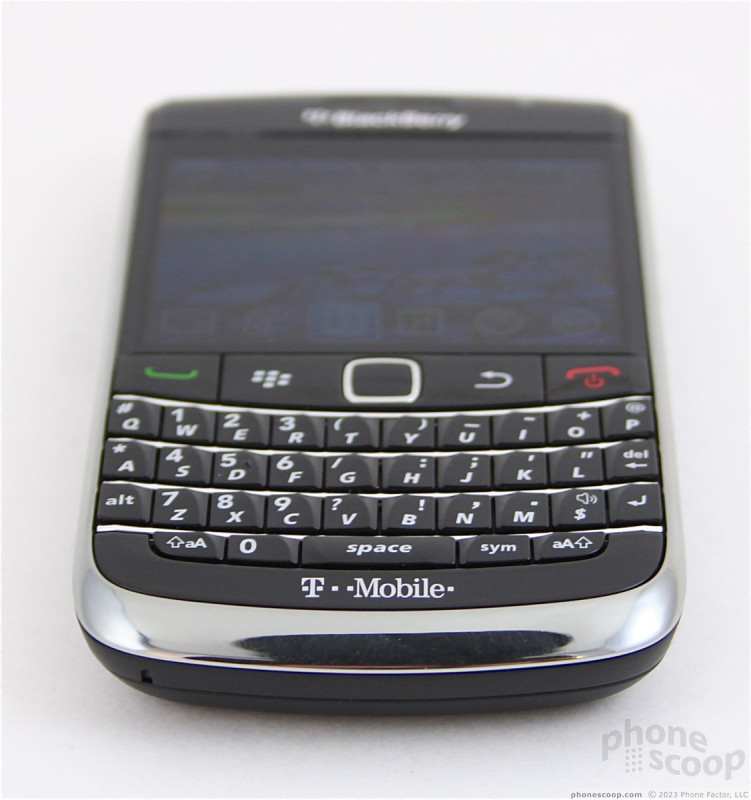







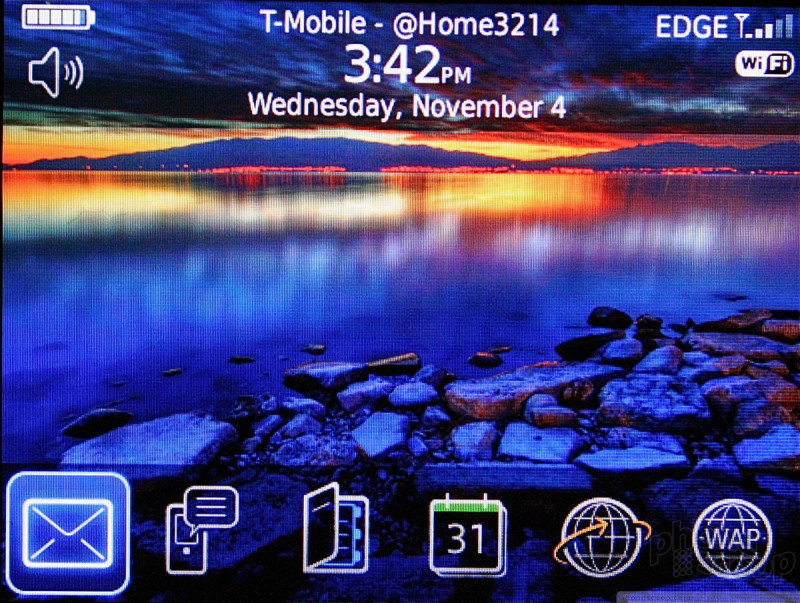









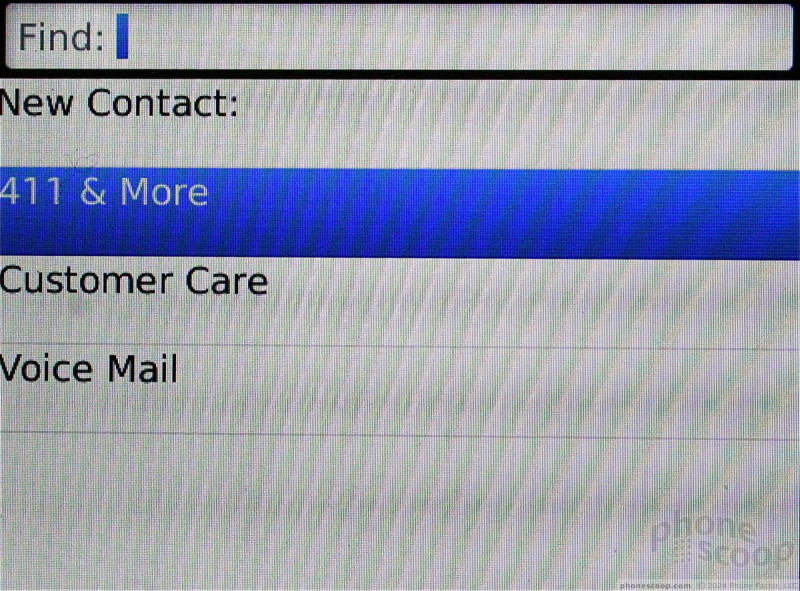




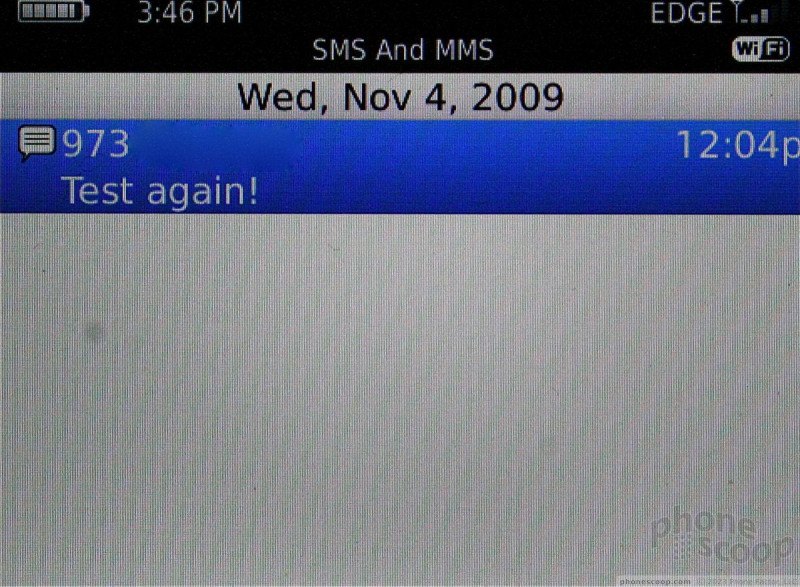






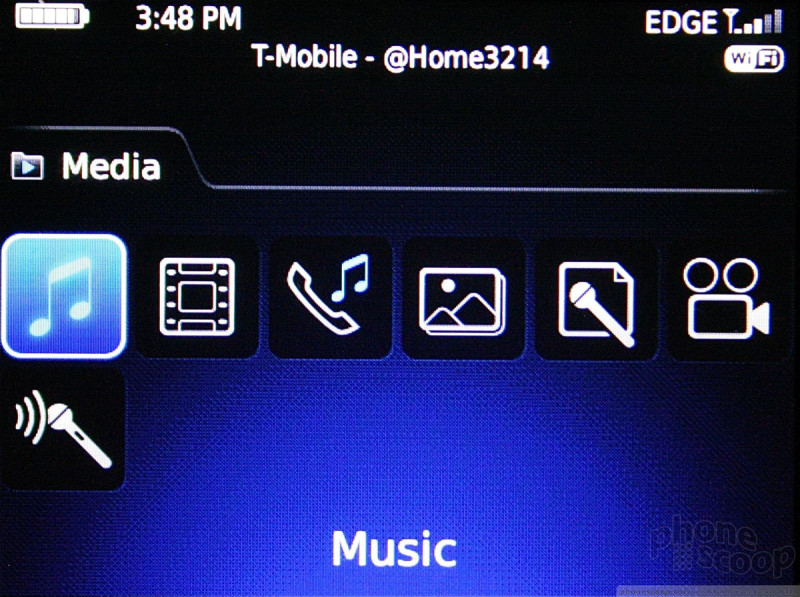




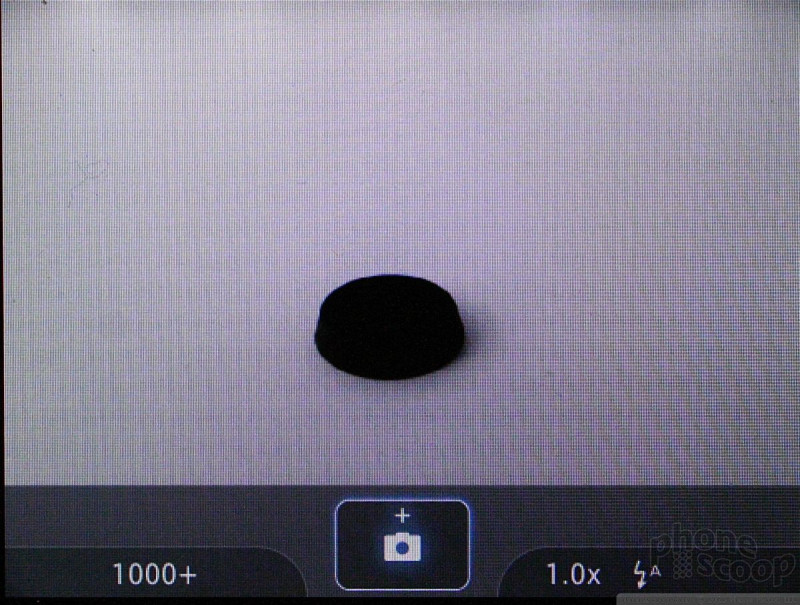








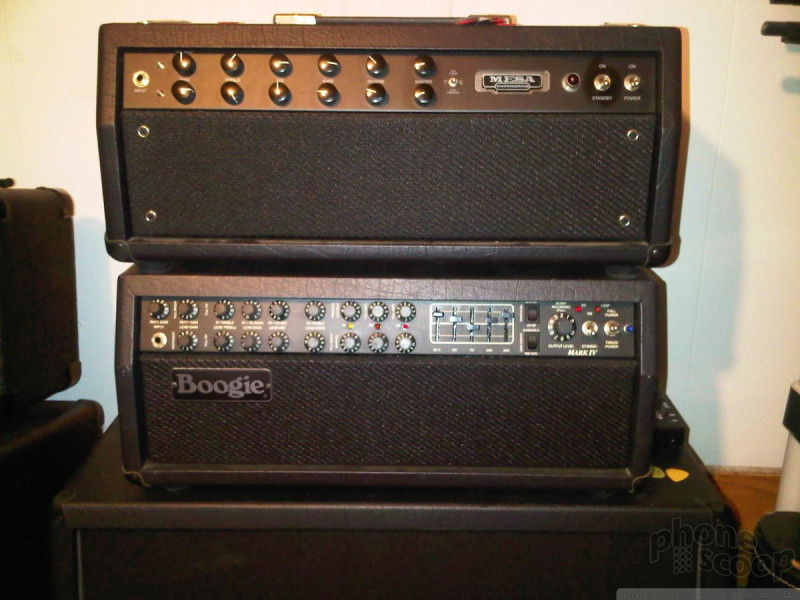

























 iPhone 15 Series Goes All-In on USB-C and Dynamic Island
iPhone 15 Series Goes All-In on USB-C and Dynamic Island
 iPhone 16 Brings More Features to All Price Points, Including New Camera Control
iPhone 16 Brings More Features to All Price Points, Including New Camera Control
 Hands On with JLab's $30 ANC Earbuds
Hands On with JLab's $30 ANC Earbuds
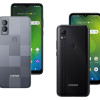 Cricket Launches More Affordable White-Label Phones
Cricket Launches More Affordable White-Label Phones
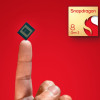 Snapdragon 8 Gen 3 Can Run Generative AI Voice Assistant On-Device
Snapdragon 8 Gen 3 Can Run Generative AI Voice Assistant On-Device
 BlackBerry Bold 9700
BlackBerry Bold 9700



